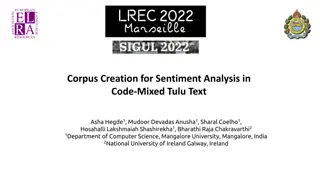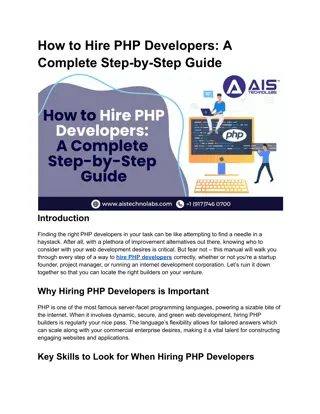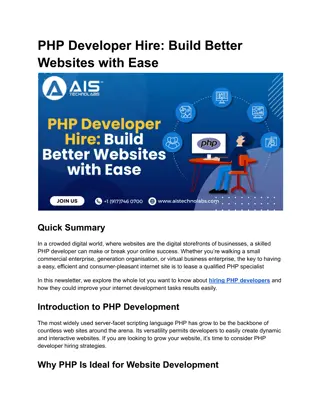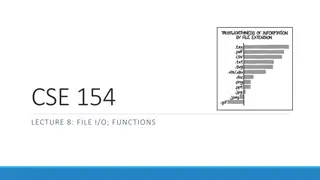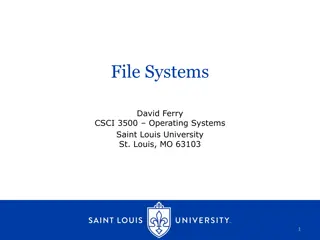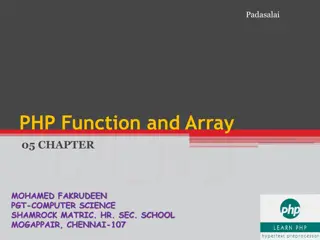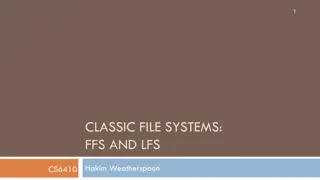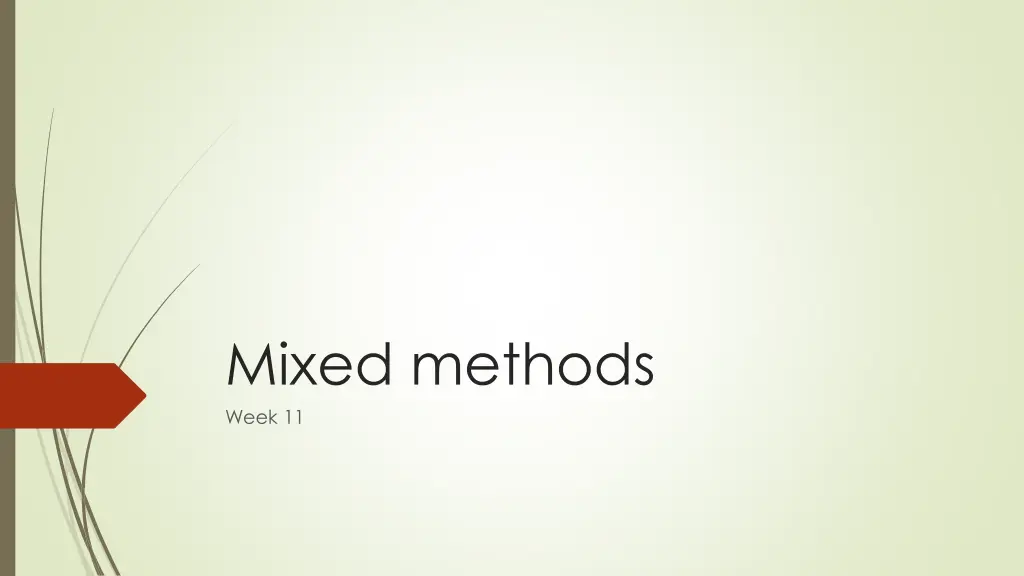
Understanding Mixed Methods Research in Educational Studies
Explore the significance and benefits of mixed methods research in educational studies, including its evolution, types of designs, factors influencing design choices, challenges, and practical examples. Discover why mixing data provides a deeper understanding for researchers across various disciplines.
Download Presentation

Please find below an Image/Link to download the presentation.
The content on the website is provided AS IS for your information and personal use only. It may not be sold, licensed, or shared on other websites without obtaining consent from the author. If you encounter any issues during the download, it is possible that the publisher has removed the file from their server.
You are allowed to download the files provided on this website for personal or commercial use, subject to the condition that they are used lawfully. All files are the property of their respective owners.
The content on the website is provided AS IS for your information and personal use only. It may not be sold, licensed, or shared on other websites without obtaining consent from the author.
E N D
Presentation Transcript
Mixed methods Week 11
Why mix? Mixing of data provides a stronger understanding of problem or question than either by itself Combining methods also utilizes strengths of both methods and overcomes the limitations of each Mixed methods design is evolving across all disciplines
Describe mixed method in proposal Define this method Educate the reader about background of mixed methods by reviewing briefly history of this approach to research Mention the rationale and value for the choice of mixed methods Indicate type of mixed methods design that will be used in study and rationale for choosing it Note challenges this form of research poses for inquirer. These include need for extensive data collection, time-intensive nature of analyzing both types of data, and requirement for researcher to be familiar with both quantitative and qualitative forms of research
Types of mixed methods designs Several typologies for classifying and identifying types of mixed method strategies Classification types drawn from fields of evaluation, nursing, public health, education policy and research, etc. Convergent Parallel Mixed Methods Design Explanatory Sequential Mixed Methods Design Exploratory Sequential Mixed Methods Design
Factors important in choosing mixed method design Choice based on outcomes expected Choice based on how the data will be used together (or integrated) Choice based on timing of data collection Choice based on emphasis placed on each database
Examples of mixed method procedures A convergent parallel mixed methods design This study provided an explicit socio-ecological view explaining the interrelation of possible causative factors, an integrated summary of these causative factors, and empirical guidelines for developing public health interventions to promote older driver safety. Using a mixed methods approach, we were able to compare and integrate main findings from national crash dataset with perspectives of stakeholders. (Classen et al, 2007: 677)
Examples of mixed method procedures An explanatory sequential mixed methods design Multiple methods are used to examine aspects of resilience and recovery in the lives of female survivors of child sexual abuse (CSA) across 7 years of early adulthood. First quantitative changes in measures of resilience over time were examined. To what extent did women stay the same, increase, or decrease in functioning in variety of spheres across 7 years during early adulthood? Next, the role of re-traumatization as an impediment to ongoing resilience and correlates of growth or increased well-being over time were examined. Finally, because resilient processes in adulthood have not been the focus of much research and require further description, qualitative data from a subset of participants was used to examine survivors own narratives about recovery and healing to learn about key aspects of resilience in women s own words. (Banyard and Williams, 2007: 278)




